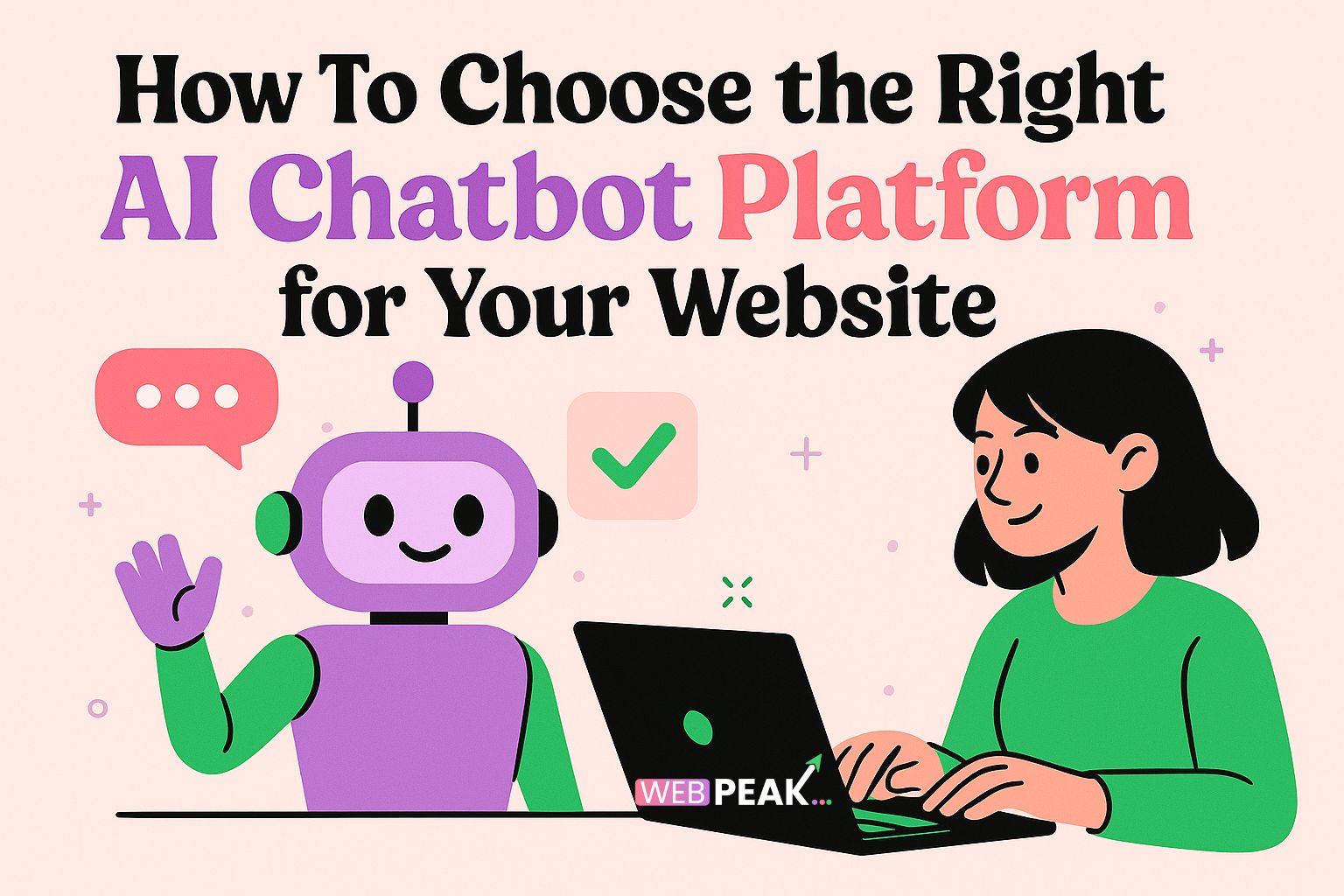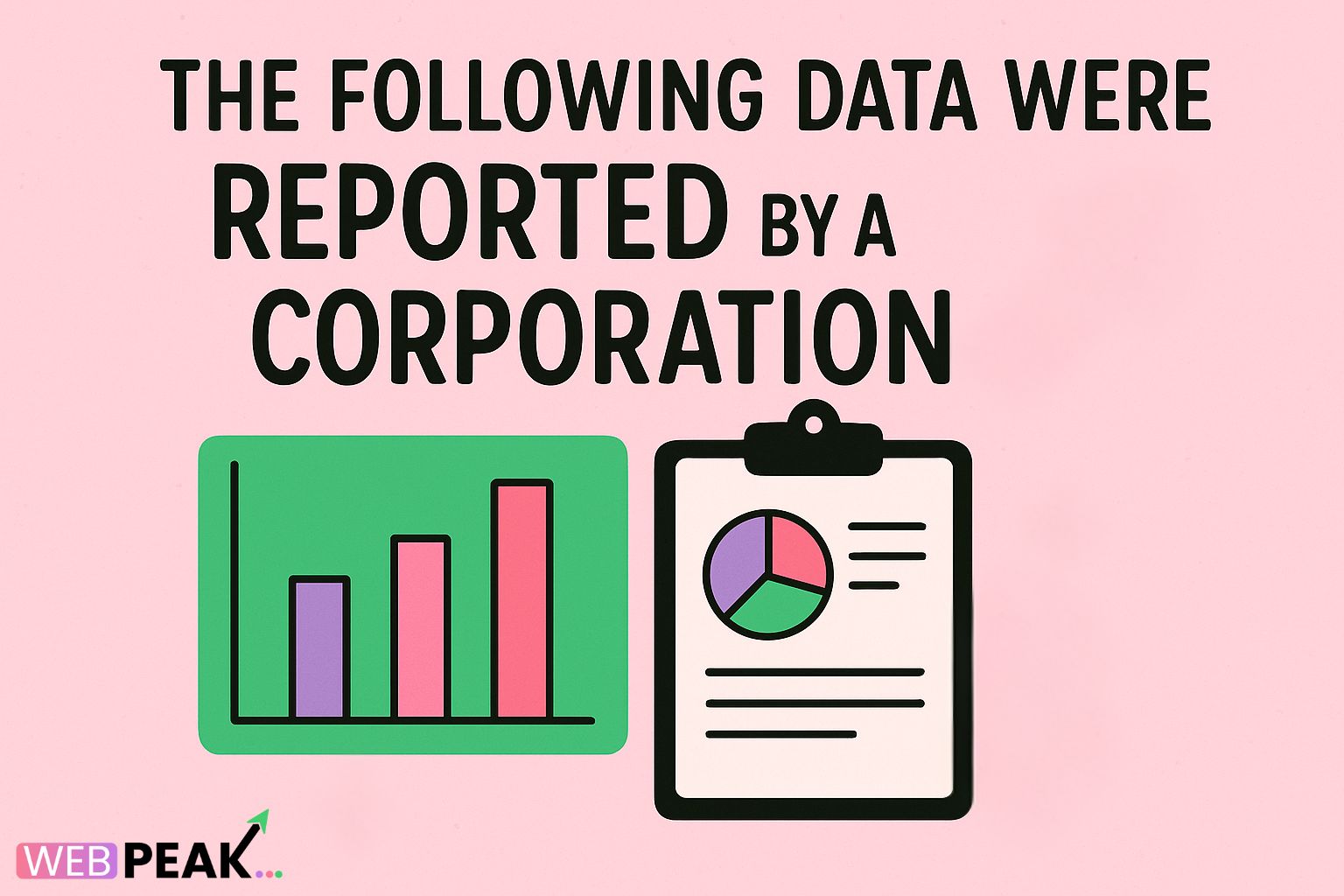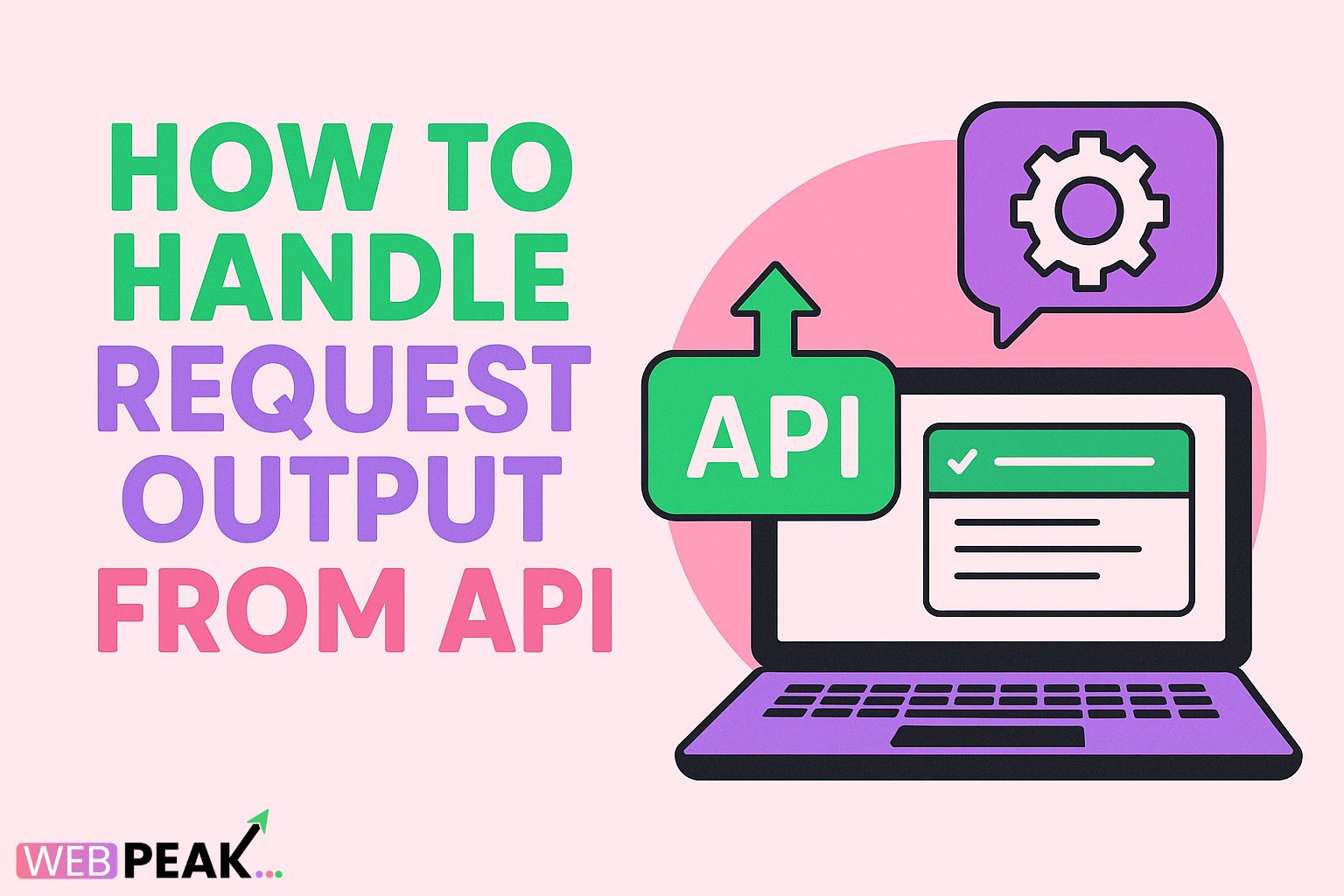How To Choose the Right AI Chatbot Platform for Your Website
As artificial intelligence continues to revolutionize customer communication, knowing how to choose the right AI chatbot platform for your website has become essential for business success in 2025. The right chatbot solution can automate customer service, improve conversions, and deliver 24/7 support — but choosing wisely requires understanding your business needs, technical capabilities, and long-term goals. This comprehensive guide walks you through every critical factor to help you make an informed, future-ready decision.
Why AI Chatbots Are Essential for Modern Websites
AI-powered chatbots have evolved far beyond scripted responses. Today, they use natural language processing (NLP), sentiment analysis, and contextual understanding to deliver human-like experiences. Whether it’s an e-commerce site handling product inquiries or a SaaS platform managing support tickets, chatbots now function as intelligent digital assistants capable of learning, adapting, and personalizing interactions.
Some key advantages of using AI chatbot platforms include:
- 24/7 customer support: Always available to assist users, regardless of time zone.
- Lead generation and qualification: Automatically captures leads and routes them to sales teams.
- Instant response: Reduces wait times and improves satisfaction rates.
- Scalability: Handles thousands of conversations simultaneously without human intervention.
- Integration capabilities: Connects seamlessly with CRMs, email systems, and marketing tools.
Key Factors to Consider When Choosing an AI Chatbot Platform
Selecting the ideal platform goes beyond comparing prices or user interfaces. You must analyze how the solution aligns with your business model, customer expectations, and technical infrastructure. Below are the most important aspects to evaluate.
1. Define Your Core Business Objectives
Start by identifying what you want your chatbot to accomplish. Different platforms specialize in different use cases:
- Customer Support: Platforms like Intercom or Zendesk bots excel at ticket automation and live chat integration.
- Lead Generation: Chatbot builders such as Drift or HubSpot Chat focus on sales funnel optimization.
- E-commerce Assistance: Shopify Chat, Tidio, or Gorgias integrate directly with store inventories.
Clearly defining goals helps narrow your options and ensures you invest in a system that meets your operational needs.
2. Evaluate AI Capabilities and NLP Accuracy
The heart of every chatbot lies in its AI engine. Platforms powered by strong natural language processing (NLP) frameworks like OpenAI GPT, Google Dialogflow, or IBM Watson can understand user intent and provide context-aware responses.
When assessing AI performance, look for:
- Multi-language understanding and sentiment analysis.
- Contextual memory (the ability to recall past interactions).
- Custom training datasets to align with your brand’s tone.
- Adaptive learning for continuous improvement.
3. Integration with Your Existing Systems
A chatbot should fit seamlessly into your digital ecosystem. Whether it’s a WordPress site, Shopify store, or a custom-built web app, ensure the chatbot supports integration via API, SDK, or plugin.
Some key integrations to look for include:
- CRM systems: HubSpot, Salesforce, or Zoho CRM.
- Marketing tools: Mailchimp, ActiveCampaign, or Sendinblue.
- Payment gateways: Stripe, PayPal, or Razorpay for transactional bots.
- Analytics platforms: Google Analytics and Hotjar for performance tracking.
4. Customization and Branding Flexibility
Your chatbot is an extension of your brand. It should align with your tone, style, and visual identity. Choose platforms that allow you to customize avatars, chat windows, and conversational flows. Many solutions also support white-label features — perfect for agencies or large organizations managing multiple brands.
5. Security, Compliance, and Data Privacy
Data protection is non-negotiable. Before choosing a platform, verify its compliance with standards like GDPR, CCPA, or ISO/IEC 27001. A reputable chatbot provider should encrypt data, offer role-based access control, and support secure cloud hosting.
6. Scalability and Performance
If your business grows, your chatbot should grow with it. Platforms like Chatfuel and ManyChat allow scaling from small businesses to enterprise-level operations. Evaluate how well the chatbot handles concurrent sessions, supports multi-channel communication (web, WhatsApp, Facebook Messenger), and integrates analytics to monitor performance.
7. Cost and ROI Analysis
AI chatbot pricing models vary — from freemium tiers to enterprise plans. Don’t just look at upfront costs; consider the long-term ROI. A slightly higher-priced platform with automation capabilities, reporting tools, and custom AI models may ultimately deliver better value.
Best AI Chatbot Platforms in 2025 (Examples)
While each business has unique needs, these platforms currently stand out in 2025:
- ChatGPT API (OpenAI): Advanced conversational AI ideal for custom integrations.
- Google Dialogflow: Excellent NLP and voice assistant compatibility.
- Intercom Fin: AI-powered customer support automation for SaaS and enterprise users.
- Tidio: Great for small e-commerce stores with quick setup and visual workflows.
- Drift: Designed for B2B lead qualification and sales acceleration.
How to Match the Right Chatbot Platform with Your Business Type
Different business models benefit from distinct chatbot functionalities. Here’s how to align your selection:
For E-Commerce Websites
- Look for chatbots with product recommendations, cart recovery, and order tracking.
- Ensure integration with Shopify, WooCommerce, or Magento.
- Examples: Tidio, Gorgias, or Heyday by Hootsuite.
For SaaS or Tech Companies
- Focus on platforms with in-app onboarding, ticket automation, and user retention tools.
- Consider Dialogflow or Intercom for advanced contextual understanding.
For Service-Based Businesses
- Prioritize lead capture, appointment booking, and CRM integrations.
- Platforms like Drift or HubSpot Chat work best here.
Implementation Tips and Best Practices
Choosing the right chatbot platform is only the first step — successful implementation ensures results. Follow these best practices:
- Start with one goal: Launch with a specific purpose, like lead generation or support automation.
- Design human-like dialogues: Avoid robotic language; personalize interactions with names and dynamic responses.
- Train your chatbot: Use FAQs, chat logs, and customer feedback to improve accuracy.
- Test before scaling: Use A/B testing to refine flows and measure engagement.
- Monitor analytics: Track metrics such as response time, satisfaction rates, and conversion uplift.
Common Mistakes to Avoid
Even advanced businesses can make costly mistakes when deploying AI chatbots. Here are some to avoid:
- Overcomplicating early setups: Begin simple; expand later.
- Ignoring user experience: Clunky interfaces or repetitive responses can frustrate users.
- Neglecting human handover: Always include an option to connect to a live agent.
- Skipping data privacy checks: Compliance issues can lead to legal penalties.
Why Partnering with Experts Helps
Building and optimizing AI chatbots can be technically complex. Working with professionals like WEBPEAK — a full-service digital marketing company specializing in Web Development, Digital Marketing, and AI Chatbot Development — ensures a seamless integration of AI into your website. Expert developers can customize workflows, connect APIs, and fine-tune the conversational AI to match your brand’s personality and objectives.
Step-by-Step Checklist for Selecting an AI Chatbot Platform
- Define your goals (sales, support, or engagement).
- Research top chatbot vendors and compare features.
- Check for integrations with your CMS, CRM, and analytics tools.
- Request demos and test natural language understanding.
- Assess scalability, data security, and compliance certifications.
- Evaluate customer support and documentation quality.
- Monitor ROI and continuously optimize the bot’s performance.
Future Trends in AI Chatbot Platforms
By 2025, AI chatbots are integrating deeply with voice assistants, predictive analytics, and emotion recognition technologies. Conversational commerce is rising — customers can complete purchases directly in chat interfaces. Moreover, AI-driven personalization will enable websites to deliver contextual product recommendations and hyper-targeted experiences in real-time.
Conclusion
Understanding how to choose the right AI chatbot platform for your website is not just about finding software — it’s about investing in a long-term digital strategy. With the right balance of AI capability, integration, and customization, your chatbot can enhance engagement, automate communication, and drive measurable growth. The key is to select a platform that evolves with your business, not one that limits it.
FAQs
1. What is the best AI chatbot platform for small businesses?
For small businesses, tools like Tidio or Chatfuel offer cost-effective solutions with drag-and-drop builders, automation templates, and easy website integration.
2. How do I know if a chatbot supports my website’s CMS?
Check the platform’s documentation or integration marketplace. Most leading chatbot tools support CMS platforms like WordPress, Shopify, and Webflow via plugins or scripts.
3. Can I train an AI chatbot with my own data?
Yes. Platforms such as Dialogflow or ChatGPT API allow you to upload FAQs, customer logs, and product details to create a custom-trained model aligned with your brand’s knowledge base.
4. Are AI chatbots secure?
Reputable chatbot platforms use encryption, authentication, and compliance measures (GDPR, CCPA). Always verify data privacy settings before deployment.
5. How long does it take to set up a chatbot?
Basic chatbots can be launched in a few hours using pre-built templates, while advanced AI-powered bots may take days or weeks depending on customization and integrations.
6. Can AI chatbots replace human agents?
AI chatbots handle repetitive queries efficiently, but human agents remain essential for complex, emotional, or high-value interactions. The best results come from hybrid support models.





